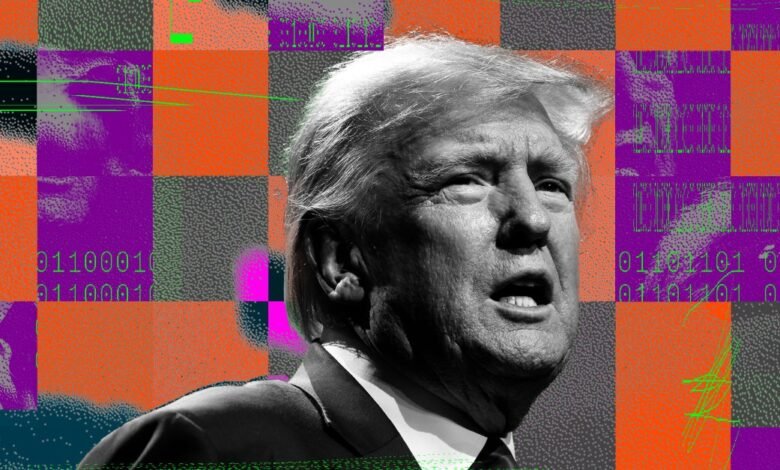Oregon Guard lawsuit targets Trump’s Truth Social posts

▼ Summary
– President Trump federalized Oregon’s National Guard despite Governor Kotek’s objections, leading Oregon to file a lawsuit seeking a temporary restraining order.
– The legal hearing centered on whether the president could invoke 10 U.S.C. § 12406, with the DOJ arguing Portland protests constituted a rebellion preventing law enforcement from executing U.S. laws.
– DOJ attorneys cited the president’s Truth Social posts as the primary authority for his determination that regular forces couldn’t enforce laws in Oregon.
– Oregon and Portland officials argued the president’s perception of violence was disconnected from reality, citing law enforcement reports of no major issues and calling his posts “incendiary hyperbole.”
– The case reflected tensions from 2020 protests, with concerns that federal intervention could inflame the situation, while the newly assigned Trump-appointed judge promised a swift ruling.
Following a phone conversation with Oregon’s governor, the former president expressed confusion over her polite but firm resistance to his plan for National Guard deployment. Hours later, the Department of Defense moved to federalize 200 Oregon Guard members, prompting the state to file an immediate lawsuit seeking a temporary restraining order. This legal action set the stage for a courtroom debate that blurred the lines between digital rhetoric and constitutional authority.
During Friday’s hearing, attorneys for Oregon and Portland argued against the federalization before U.S. District Judge Karin Immergut. The proceedings quickly revealed the unusual nature of the case, where legal statutes collided with social media pronouncements. While lawyers debated the finer points of 10 U.S.C. § 12406 and the Posse Comitatus Act, the underlying question remained whether executive authority could be exercised based on online posts rather than factual circumstances.
The legal framework governing National Guard federalization contains three specific conditions: foreign invasion, rebellion against the United States, or situations where regular forces cannot execute federal laws. Judge Immergut noted that the arguments primarily focused on the third provision, with no serious suggestion that Oregon faced rebellion. Yet Justice Department attorneys surprisingly contended that Portland protests represented “deliberate organized resistance” amounting to rebellion.
The hearing took its most remarkable turn when Deputy Assistant Attorney General Eric Hamilton revealed the foundation for the presidential determination. He stated that the most important authority for the deployment decision came from posts made on Truth Social. These September and October communications described Portland as “war ravaged” and claimed law enforcement could not maintain order, despite evidence to the contrary.
Justice Department lawyers painted a dramatic picture of conditions in Portland, describing thrown rocks, attempted blinding of ICE drivers with flashlights, vehicle location sharing online, agent doxxing, and even a guillotine displayed at protests. However, Oregon attorneys countered that many incidents cited occurred months earlier, in June or July, and that current conditions didn’t justify military intervention.
“The president’s perception of what is happening in Portland is not what is happening on the ground,” argued Senior Deputy City Attorney Caroline Turco. She presented law enforcement declarations indicating that federal authorities had reported “no issues, no concerns” in the days preceding the Truth Social posts. Oregon’s legal team characterized the social media statements as “vague, incendiary hyperbole that lacks a good faith assessment of the facts.”
The ghost of 2020 protests hung heavily over the proceedings. Federal lawyers referenced earlier unrest to support their claims, while state attorneys warned that renewed federal involvement would likely inflame tensions rather than calm them. Throughout the courthouse, spectators whispered about their experiences during those earlier demonstrations, creating an palpable sense of history repeating itself.
Judge Immergut, who had been assigned the case just one day earlier after the previous judge recused himself, promised a swift decision. As attendees dispersed into the damp October weather, the courthouse itself served as a silent witness to the ongoing tension between security and liberty. An engraved stone near the entrance, previously hidden behind protective barriers during 2020’s unrest, now stood visible with Thomas Jefferson’s observation: “The boisterous sea of liberty is never without a wave.” The sentiment seemed particularly fitting for a legal battle born from social media and fought over the very meaning of public safety and executive power.
(Source: The Verge)